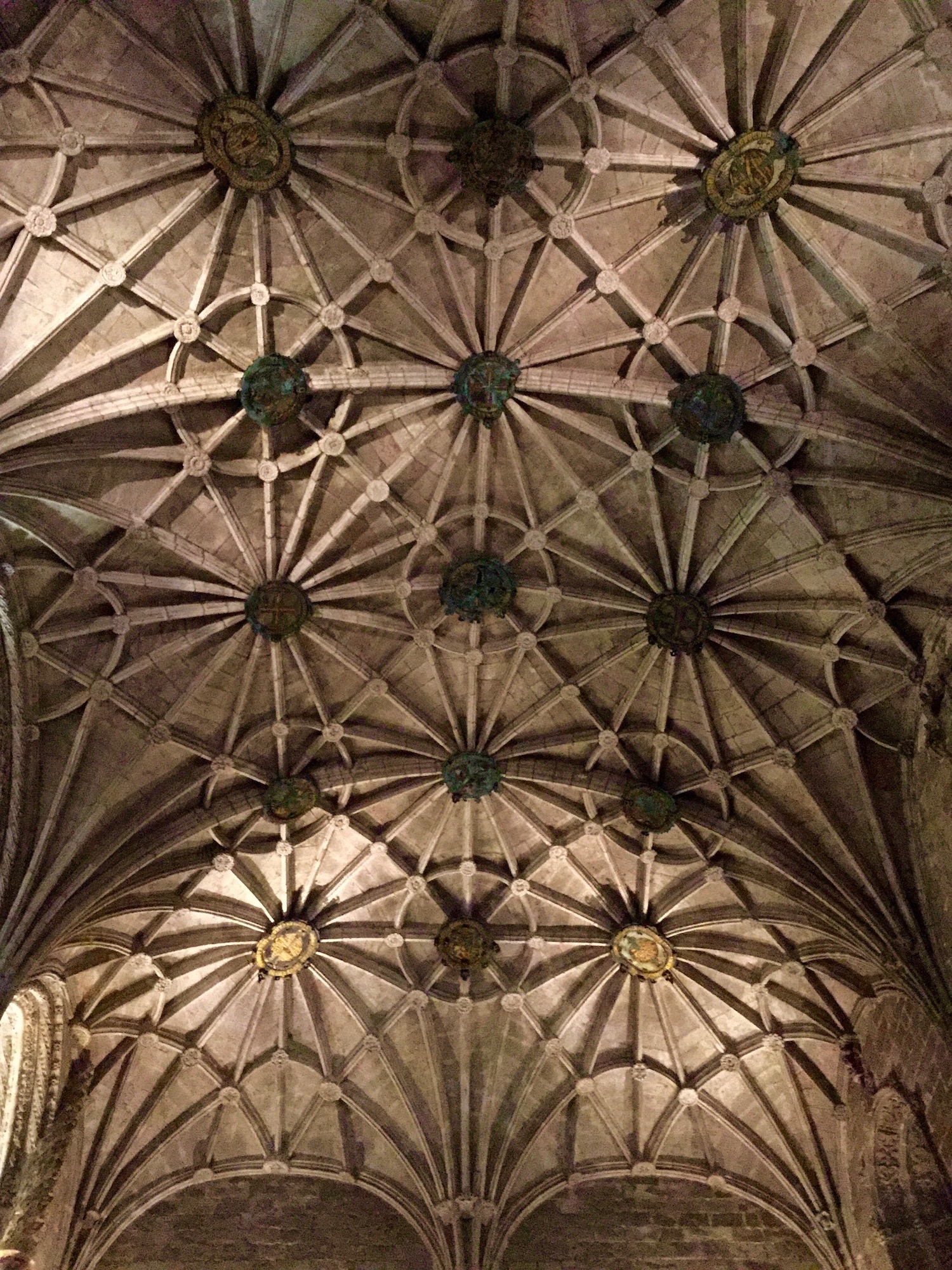On my excursion to the North of Portugal, I was finally able to visit the Museum of "Arte Rupestre" (Prehistoric Rock Art) of the Valley of Foz Côa. This remarkable archeological site was discovered during excavations for an eventual dam, that luckily was never built, due to the importance of the site, named as World Patrimony in 1998. I remember all this excitement but had never gotten around to visiting.
Well, what a treasure trove of art! Spanning thousands of years during the Palaeolithic ages, dating as far back as 25,000 years B.C. and encompassing an extended area, the drawings (engravings) show changes in style and technique and are notable for their profusion—like a musical fugue: one drawing overlaps with several others. The archaeological work done in the last 20 years is astounding.
In the Museum—a handsome architectural monument—this quote, from a famous French archaeologist resonated: "The history of art and humanity are indissociable". To be artistic is to be human. The drawings to the left of the quote are from Picasso (1946, far left) and from the Foz Côa rock art (c. 22,000 B.C, near left). With all due respect for Picasso…so much for progress in art!
From the Museum at Foz Côa





